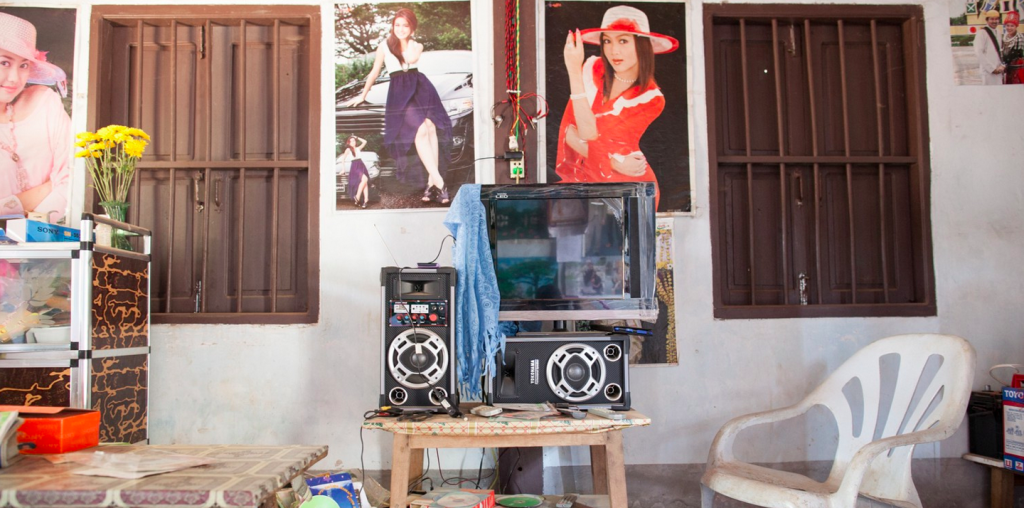Photo credit: Venetia Tay.
In cultures where guests are frequently invited into the home, the home is the dominant mechanism for communicating stories about ourselves, what we stand for, where we have come from and where we are heading. These are the things that ground who we are, how we want to be perceived. They make us whole.
That postcard on the fireplace, the book on the shelf, your style of furniture, your brands in the fridge, all serve as short-hands for your friends, peers and occasionally colleagues, conversations that are triggered, or don’t even need to be had because the information has already been absorbed.
If the need to communicate who we are is a human universal, how does it occur in cultures where guests in the home are less frequent?
In Asian societies such as China, Japan, South Korea it is far less common for hosts to invite guests into the home compared to, say, the US or Germany. These are eating-out cultures, where a decent (or at least filling) local meal can be had for less than the price of cooking oneself. The home may be small (Japan, South Korea) or exceedingly rudimentary (until relatively recently, mass-market China).
In cultures where guest access to homes is low, the brands we wear, own and use play a disproportionately large role in projecting out what we stand for and who we are. Footwear, bags, clothes, jewellery and smartphone are, by their very presence in everyday interactions, major vehicles for personal identity. If you work in any one of these industries, look at the proportion of these markets that are driven by fashion and premium, over other categories of the same product.
The rapid rise of China, and luxury-good consuming China masks a significant societal shift to how mass-market Chinese express themselves, and the vehicles for identity and that self-expression. Growing home ownership in China, will significantly weaken the demand for shiny new carried, handheld or wrist-worn baubles. The signs are already there if you know where to look, it will take a quarter of a generation for it to play out and impact the mass market.
It will also be seen as a significant inter-generational marker.
